Citing sources is an essential part of writing a paper. It allows you to give credit to the original authors of the information you use in your work and helps to establish credibility and authenticity. Using an MLA Format Template can make the process of citing sources easier and more organized.
This template provides guidelines on where to place author names, title pages, text citations, and footnotes in your paper, ensuring that all of your sources are properly cited and organized. Whether you are a student or a professional, using an MLA Format Template can help you create a well-written and accurately cited paper.
Table of Contents
MLA Format Templates
Ensure your academic papers and research projects adhere to the MLA (Modern Language Association) style with our comprehensive MLA Format Templates. Designed to streamline the process of formatting your essays, research papers, and citations, these printable templates provide clear guidelines for organizing your content, citing sources, and creating a professional and polished document.
With our MLA Format Templates, you can easily structure your paper, format in-text citations, and compile a bibliography or works cited page. Whether you’re a student, researcher, or writer, our templates save you time and effort by providing a consistent and standardized format that meets the requirements of MLA style. Download our free MLA Format Templates and create well-organized, properly cited academic documents that showcase your research and writing prowess.
What Is MLA Format?

MLA format is a citation style that is commonly used in the liberal arts and humanities. It stands for the Modern Language Association, which is a professional organization for scholars of language and literature. MLA format is used for citing sources in research papers and other academic papers in the field of liberal arts and humanities.
In MLA format, you include detailed information about the source of the information you use in your paper in the form of in-text citations and a works cited page at the end of your paper. This allows readers to easily locate the sources you used and evaluate the credibility of your work.
To use MLA format, you need to follow specific guidelines for formatting your paper, including margins, font, line spacing, and the use of headings. You also need to use proper citation format for in-text citations and the works cited page, including the use of quotation marks and parentheses to indicate the source of the information.
Overall, using MLA format helps to create a professional and well-organized paper that accurately represents the sources you used in your research.
MLA Format Resources
There are several resources available to help you learn and use MLA format for your academic papers. Here are a few examples:
The MLA Handbook: This is the official guide to MLA format, published by the Modern Language Association. It provides detailed guidelines on how to format your paper and how to cite sources using MLA style.
The Purdue OWL: The Purdue Online Writing Lab (OWL) is a comprehensive resource for writing and citation style guides, including MLA format. It provides examples and explanations of how to use MLA format in your papers.
EasyBib: EasyBib is a citation and bibliography tool that allows you to create a works cited page in MLA format. It also provides citation guidelines and examples.
Citation Machine: Citation Machine is another online citation and bibliography tool that can help you create a works cited page in MLA format. It also offers citation guidelines and examples.
Your professor or teacher: Your instructor is a great resource for learning how to use MLA format. They can provide you with specific guidelines for your assignments and help you understand how to use MLA format correctly.
When should MLA format be used?
MLA format is commonly used in the liberal arts and humanities, specifically in English, literature, and language courses. It is also used in other academic disciplines, such as philosophy, history, and cultural studies.
MLA format is typically used for research papers and other academic papers that require the use of external sources to support your arguments. It is a way to accurately cite these sources and give credit to the original authors.
If you are writing a paper for a class in the liberal arts or humanities, it is likely that your instructor will ask you to use MLA format. Be sure to check with your instructor to confirm whether you should use MLA format for your assignment.
In general, if you are writing a research paper or other academic paper that requires the use of external sources and you are not sure which citation style to use, MLA format is a good choice. It is widely accepted in the liberal arts and humanities and is easy to use once you understand the basic guidelines.
Types of Papers that Require MLA Citing
There are several types of papers that may require you to use MLA format for citing your sources. Some examples include:
Research papers: If you are writing a research paper in the liberal arts or humanities, you may be required to use MLA format for citing your sources. Research papers often require the use of external sources to support your arguments and ideas.
Essays: Essays written for classes in the liberal arts or humanities may require the use of MLA format for citing your sources. This is especially true if the essay requires the use of external sources to support your ideas.
Book reviews: If you are writing a book review for a class in the liberal arts or humanities, you may need to use MLA format to cite the book you are reviewing as well as any other sources you use in your review.
Literature reviews: Literature reviews are common in research papers and often require the use of a variety of sources. If you are writing a literature review for a class in the liberal arts or humanities, you may need to use MLA format to cite your sources.
Annotated bibliographies: An annotated bibliography is a list of sources, each accompanied by a brief summary and evaluation of the source. If you are required to create an annotated bibliography for a class in the liberal arts or humanities, you may need to use MLA format to cite your sources.
Dissertations: If you are writing a dissertation in the liberal arts or humanities, you may be required to use MLA format for citing your sources. Dissertations often involve extensive research and the use of a variety of sources.
Theses: Similar to dissertations, theses written for a degree in the liberal arts or humanities may require the use of MLA format for citing your sources.
Conference papers: If you are presenting a paper at a conference in the liberal arts or humanities, you may need to use MLA format to cite your sources.
Journal articles: If you are writing a journal article in the liberal arts or humanities, you may need to use MLA format to cite your sources.
Term papers: Term papers are often assigned in college courses and may require the use of MLA format to cite your sources.
Formatting Your MLA Paper
Here is a basic formatting guide for using an MLA Format Template:
Page layout: Use 1-inch margins on all sides of the page and set the page size to 8.5 x 11 inches.
Font: Use a standard font, such as Times New Roman or Arial, in a readable size (usually 12 point).
Line spacing: Double-space the text of your paper, including the works cited page.
Paragraphs: Indent the first line of each paragraph half an inch from the left margin.
Headings: If you are using headings in your paper, use a consistent formatting style (such as all bold or all italic) and place them in the upper left corner of the page.
Title page: If your paper requires a title page, include the title of your paper, your name, and the name of your instructor in the upper left corner of the page.
In-text citations: Use in-text citations to indicate the source of the information you use in your paper. Place the author’s last name and the page number in parentheses after the information you are citing.
Works cited page: Create a works cited page at the end of your paper to list all of the sources you used in your research. List the sources in alphabetical order and include all of the necessary information for each source, such as the author’s name, title, and publication information.
How to Set Up MLA Format in Word
Here are some steps you can follow to set up MLA format in Microsoft Word:
- Open Microsoft Word and create a new document.
- Click on the “Page Layout” tab in the ribbon.
- In the “Page Setup” section, click on the “Margins” button.
- In the “Margins” window, set the top, bottom, left, and right margins to 1 inch.
- Click on the “Home” tab in the ribbon.
- In the “Font” section, choose a standard font, such as Times New Roman or Arial, and set the font size to 12 point.
- In the “Paragraph” section, click on the “Line Spacing” button and choose “Double” from the dropdown menu.
- To create a title page, click on the “Insert” tab in the ribbon and select “Page Break” to start a new page. Type the title of your paper, your name, and the name of your instructor in the upper left corner of the page.
- To set up in-text citations, highlight the text you want to cite and click on the “References” tab in the ribbon. Then, click on the “Insert Citation” button and choose “Add New Source” from the dropdown menu. Enter the information for the source you are citing and click “OK.”
- To create a works cited page, click on the “Insert” tab in the ribbon and select “Page Break” to start a new page. Then, click on the “References” tab in the ribbon and choose “Bibliography” from the dropdown menu. Select “MLA” from the list of citation styles and choose “Create Bibliography” to generate a list of the sources you have cited in your paper.
FAQ for MLA format
What is the purpose of using MLA format?
The purpose of using MLA format is to accurately cite the sources you use in your academic papers and give credit to the original authors. It also helps to establish the credibility and authenticity of your work by demonstrating that you have done thorough research and are engaging with the scholarly conversation on your topic.
How do I cite sources in MLA format?
To cite sources in MLA format, you need to include in-text citations and a works cited page at the end of your paper. In-text citations are short references that include the author’s last name and the page number of the information you are citing. The works cited page lists all of the sources you used in your research, including the author’s name, title, and publication information.
What is the difference between a citation and a reference?
A citation is a brief reference to a source of information in your paper. It includes the author’s last name and the page number of the information you are citing. A reference is the full bibliographic information for a source, including the author’s name, title, publication information, and other details. The works cited page at the end of your paper includes a list of references for all of the sources you used in your research.
How do I create a works cited page in MLA format?
To create a works cited page in MLA format, list all of the sources you used in your research in alphabetical order. Include the author’s name, title, and publication information for each source. Use hanging indents (where the first line is flush with the left margin and all subsequent lines are indented) to make it easier to read.
What is the difference between a works cited page and a bibliography?
A works cited page is a list of the sources you used in your research that appears at the end of your paper. It only includes the sources that you actually referenced in your paper. A bibliography is a comprehensive list of all of the sources you consulted in your research, whether or not you actually cited them in your paper.
Conlusion
In conclusion, MLA format is an important citation style to use in academic writing, specifically in the liberal arts and humanities. It allows you to accurately cite the sources you use in your work and gives credit to the original authors, helping to establish the credibility and authenticity of your paper.
By following the guidelines for formatting your paper and citing your sources, you can create a well-organized and professionally written document that engages with the scholarly conversation on your topic. Whether you are a student or a professional, understanding and using MLA format is an important skill to have in your academic and professional toolkit.
FAQs
What is MLA Format?
MLA format is a standardized style guide for formatting and citing references in academic writing, developed by the Modern Language Association. It’s widely used in humanities, especially in writing on language and literature.
Why is MLA Format important?
It promotes consistency and clarity in academic writing, ensuring that readers can easily understand and track the sources used in a paper.
What information is included in the MLA heading?
The MLA heading should include your name, your instructor’s name, the course number, and the date (in the format Day Month Year) all double-spaced.
How do I create an MLA header?
In the upper left corner of the first page, list your name, your instructor’s name, the course, and the date. Also, include a header on the top-right corner with your last name and page number.
How are in-text citations formatted in MLA?
In-text citations should include the author’s last name and the page number(s) from which the quotation or paraphrase is taken, enclosed in parentheses, e.g., (Smith 123).
How do I format the Works Cited page in MLA?
Start on a new page, title it “Works Cited,” center the title, and alphabetize the entries by the author’s last name (or by title if the author is unknown). Follow MLA guidelines for the citation format of each type of source.
How do I cite a website in MLA Format?
Include the author’s name, the title of the webpage, the name of the website, the publication date, and the URL. E.g., Smith, John. “Title of Webpage.” Website Name, Day Month Year, URL.
Can I use MLA Format for all my papers?
While MLA is widely used, different fields of study may require other formatting styles like APA or Chicago. It’s essential to follow the formatting guidelines specified by your instructor or institution.
Where can I find more information on MLA Format?
The MLA Handbook (8th Edition) provides comprehensive guidelines, or you can visit the MLA Style Center online for additional resources and guides.
How do I set up my paper in MLA Format?
- Key elements include:
- 1-inch margins on all sides.
- Double-spacing throughout.
- A legible 12-point font (e.g., Times New Roman).
- A header with consecutive page numbers in the upper right-hand corner.


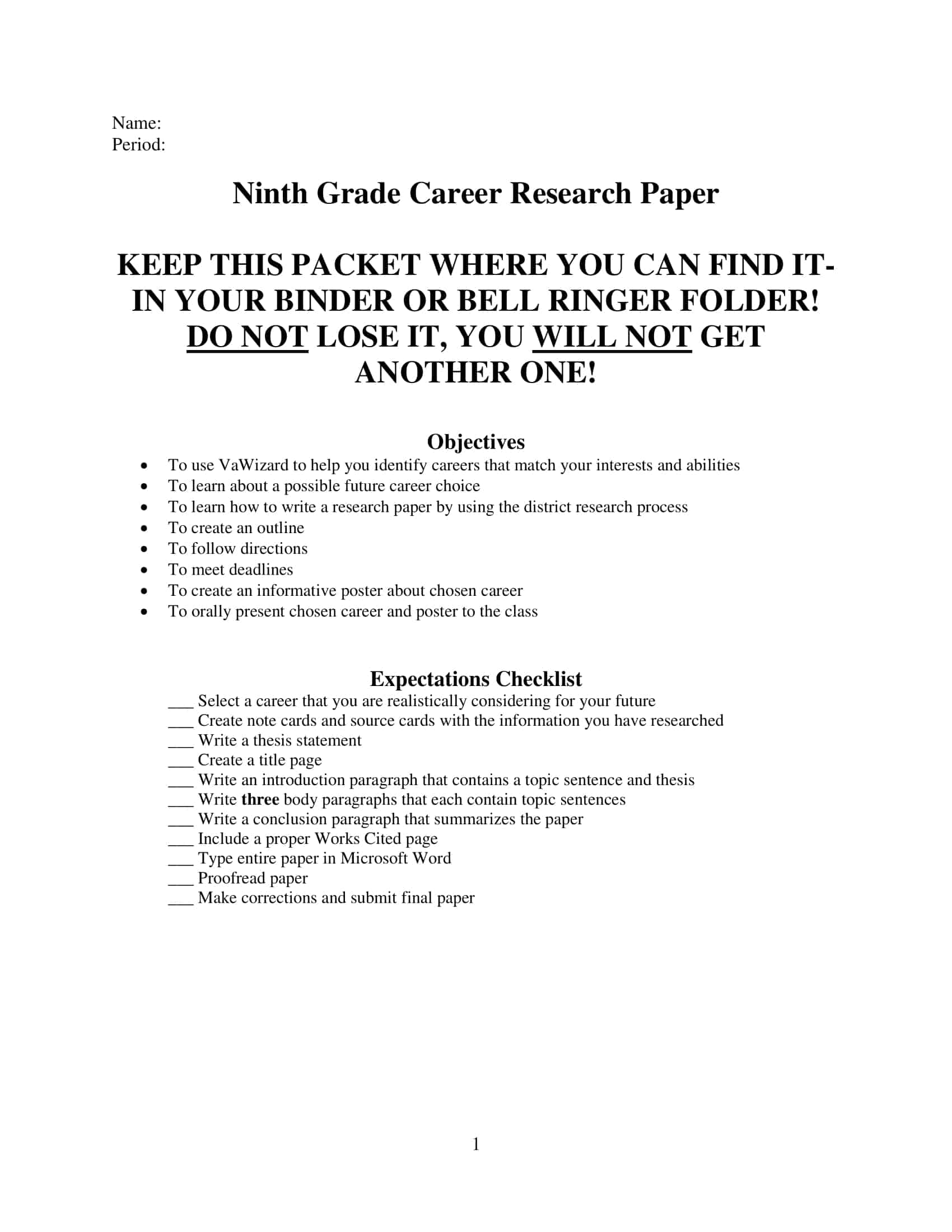


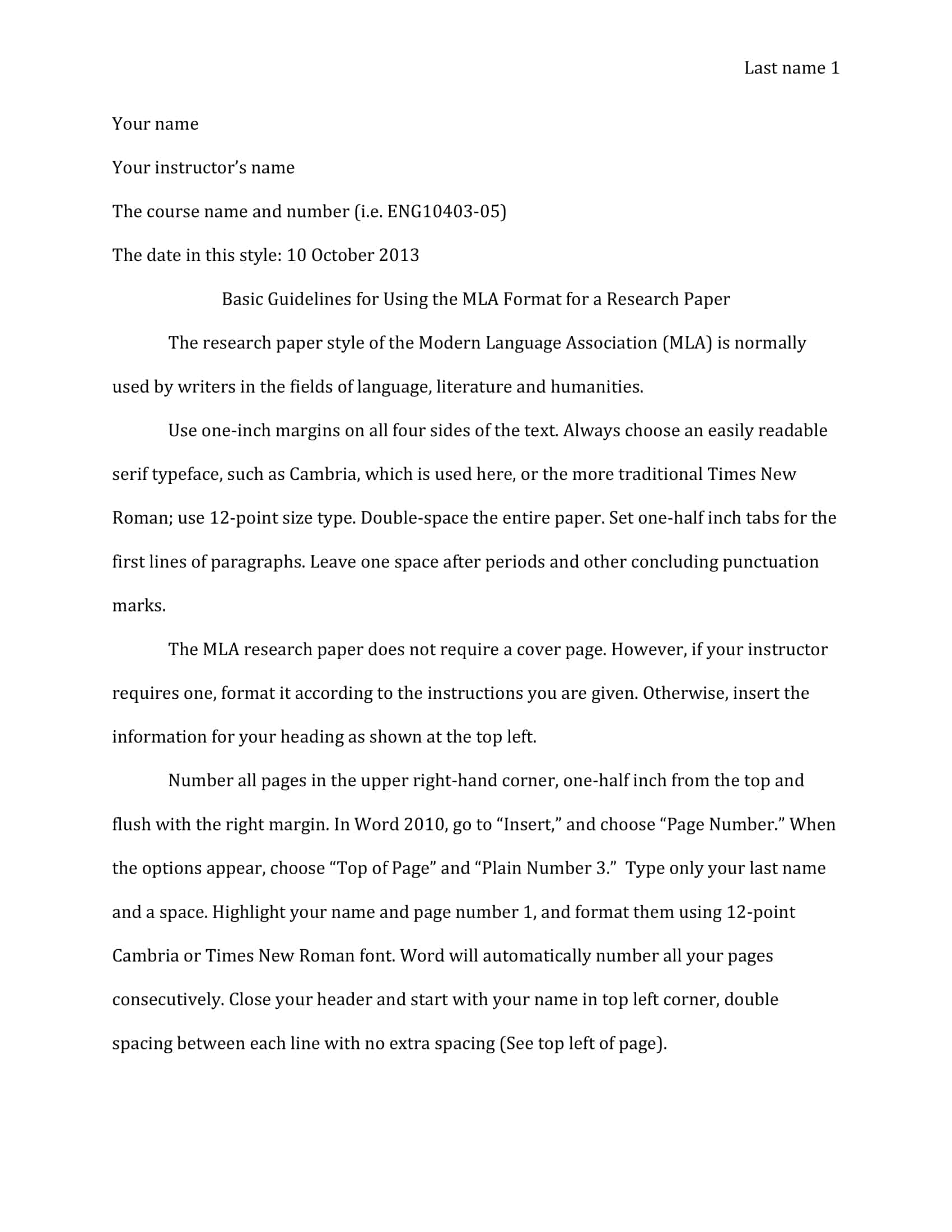



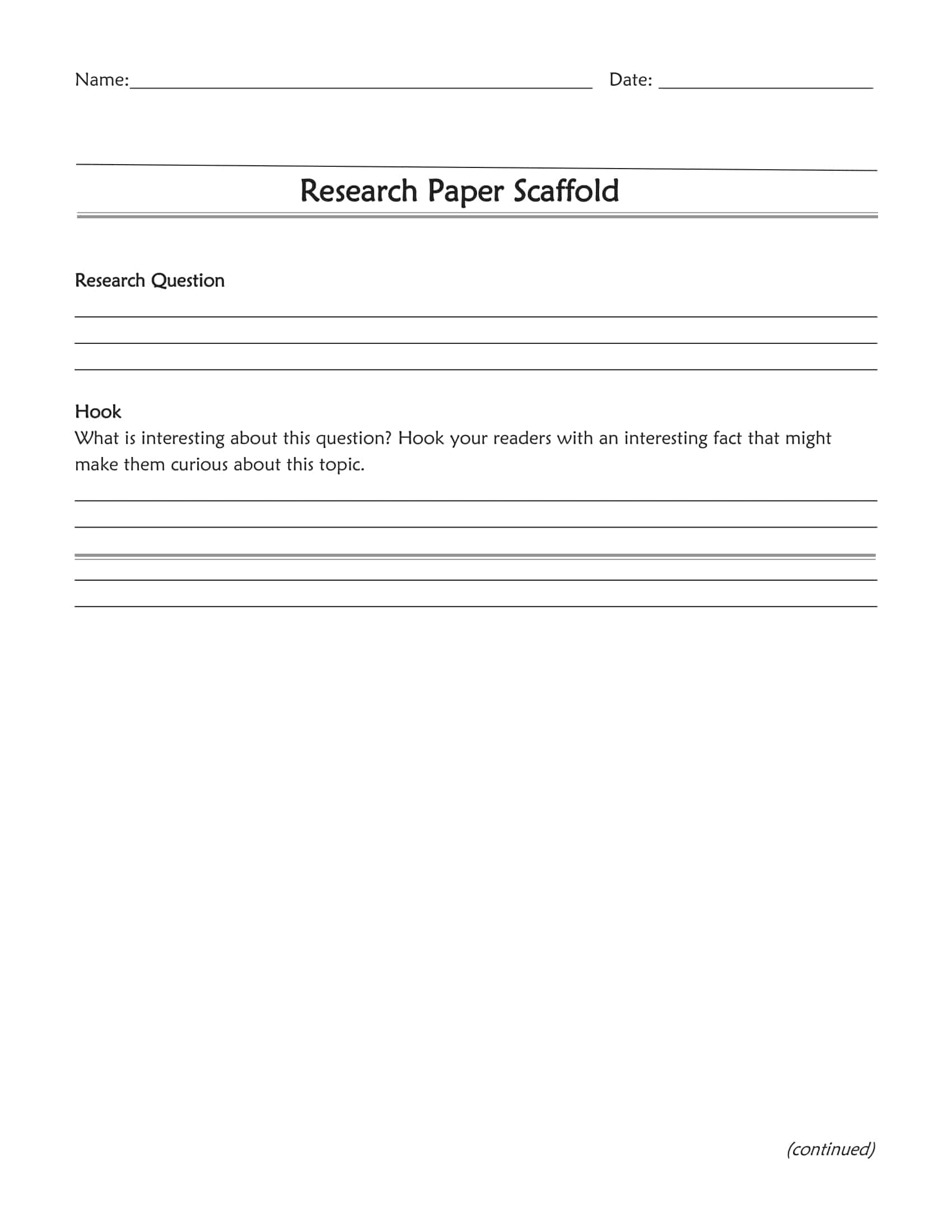
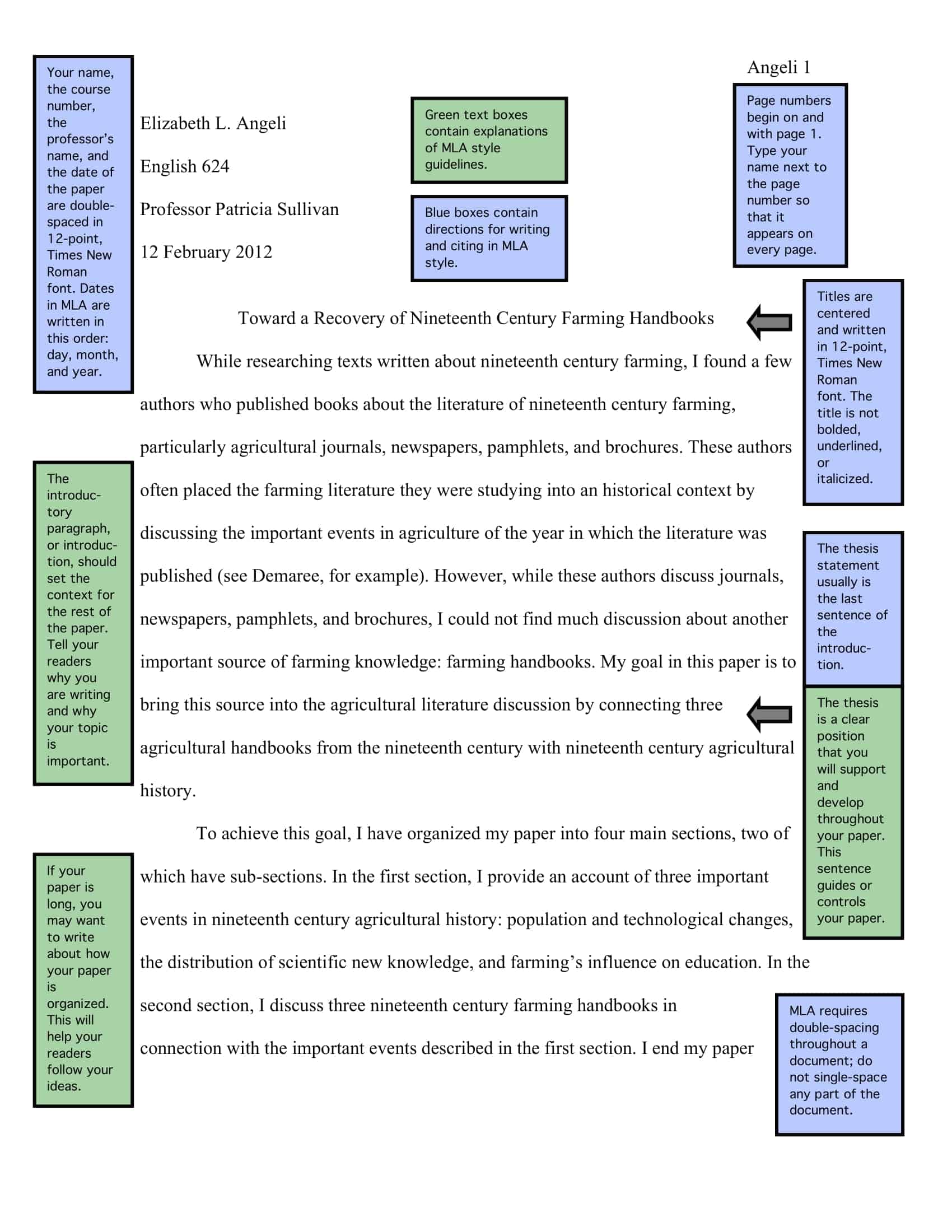
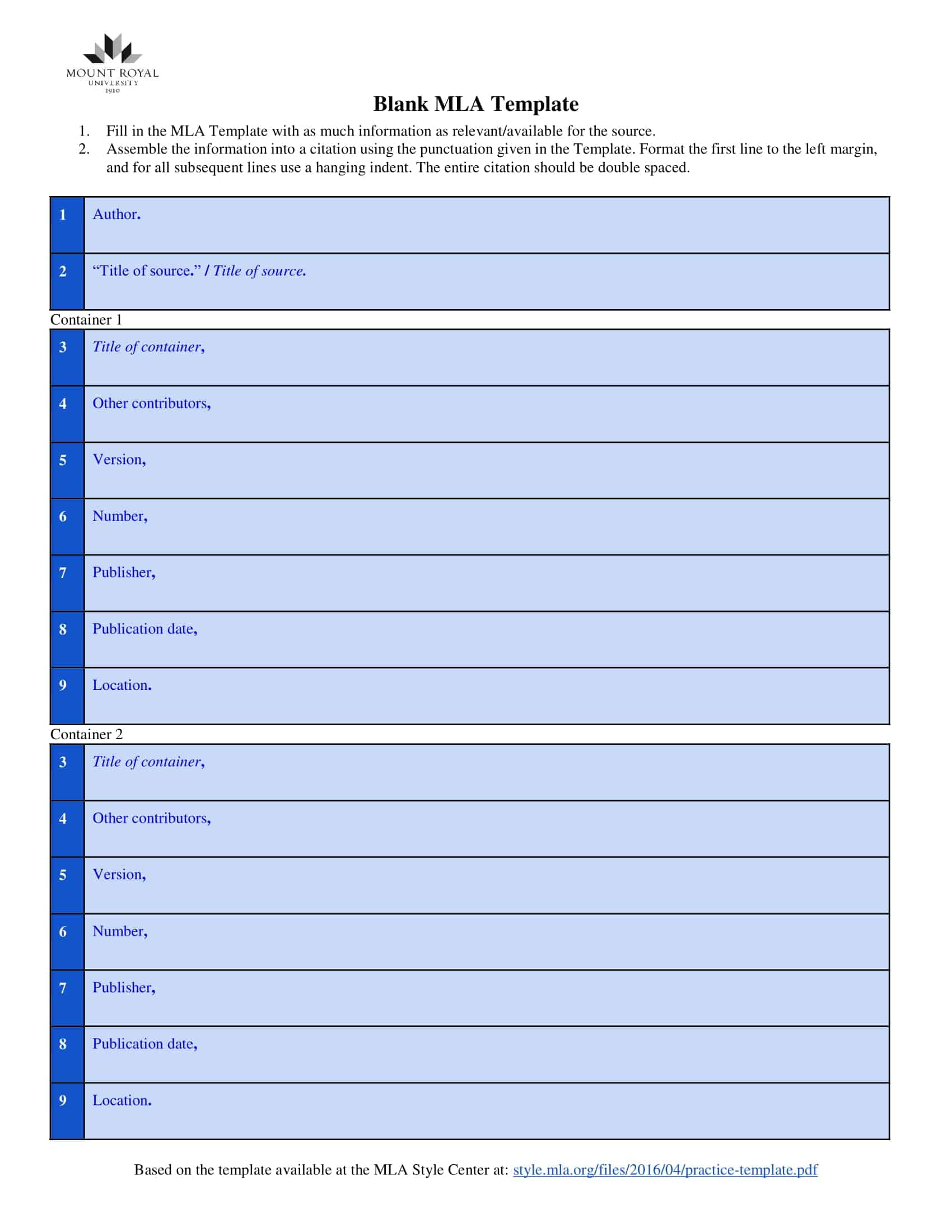




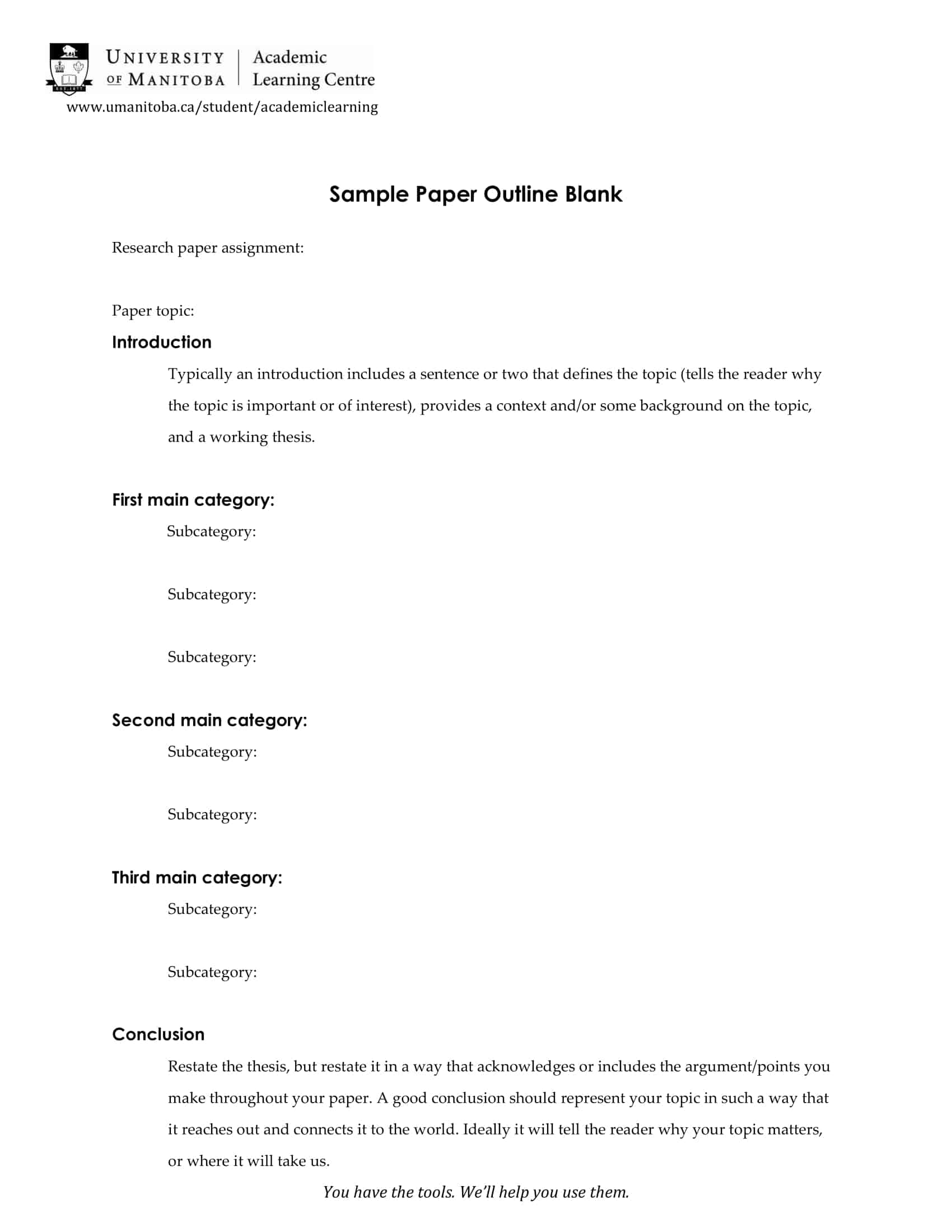





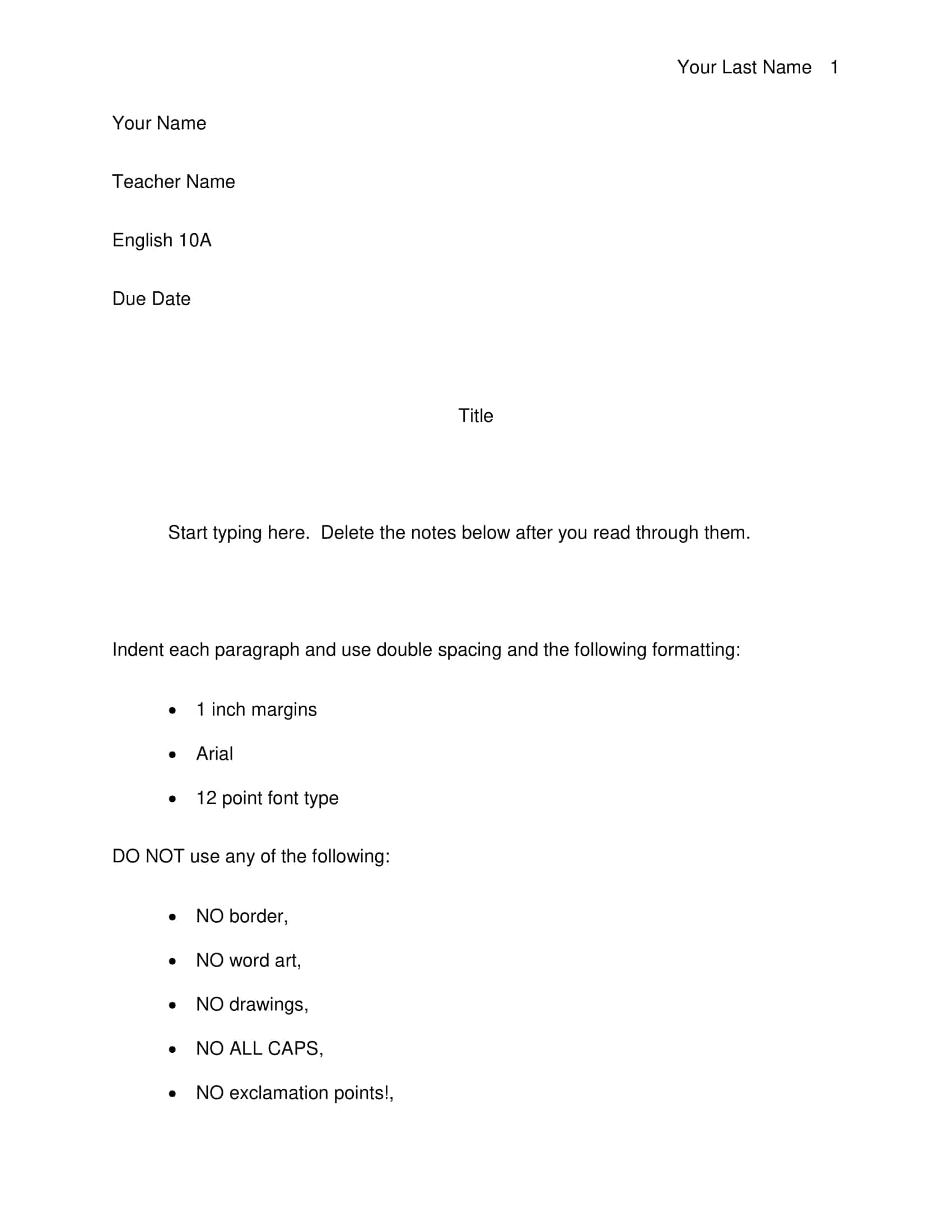
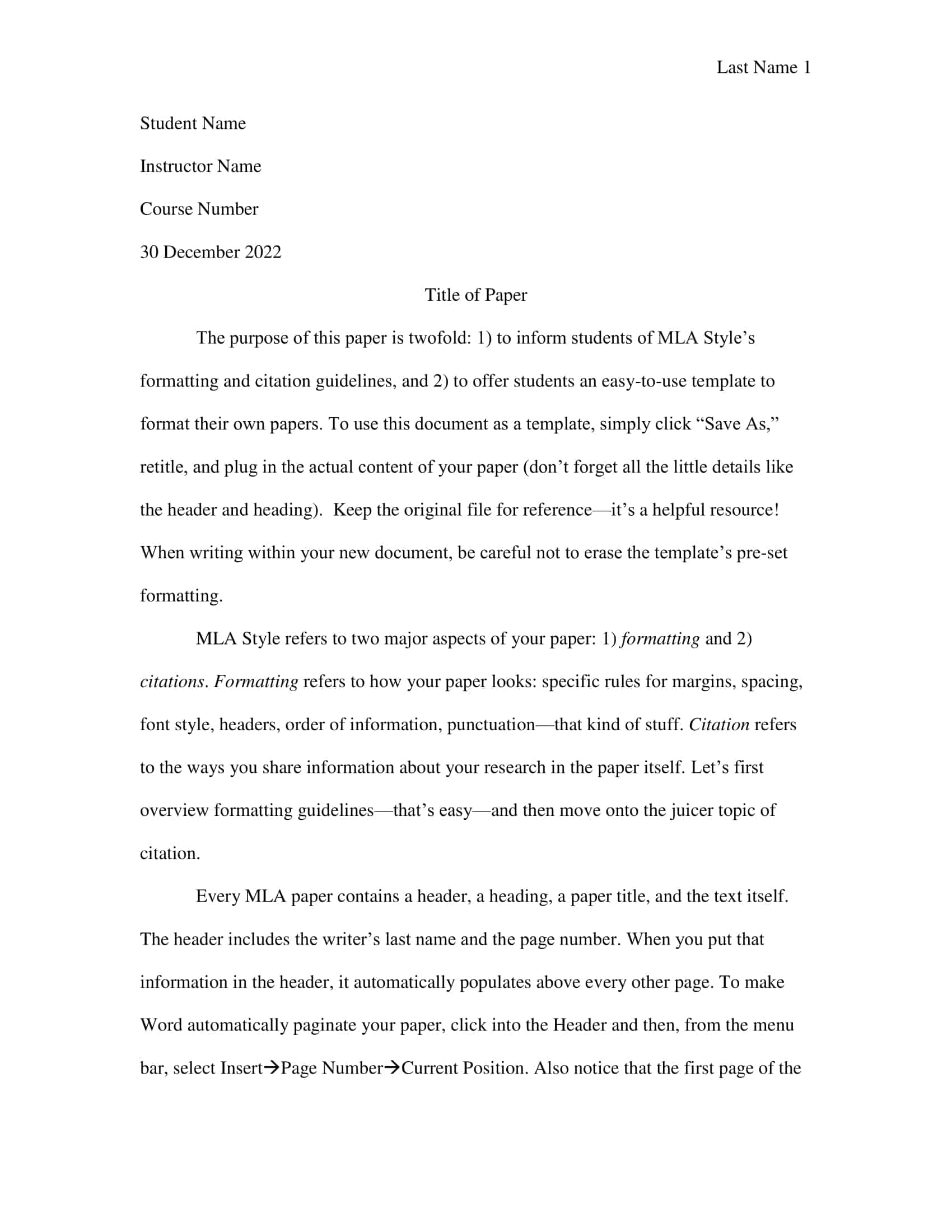




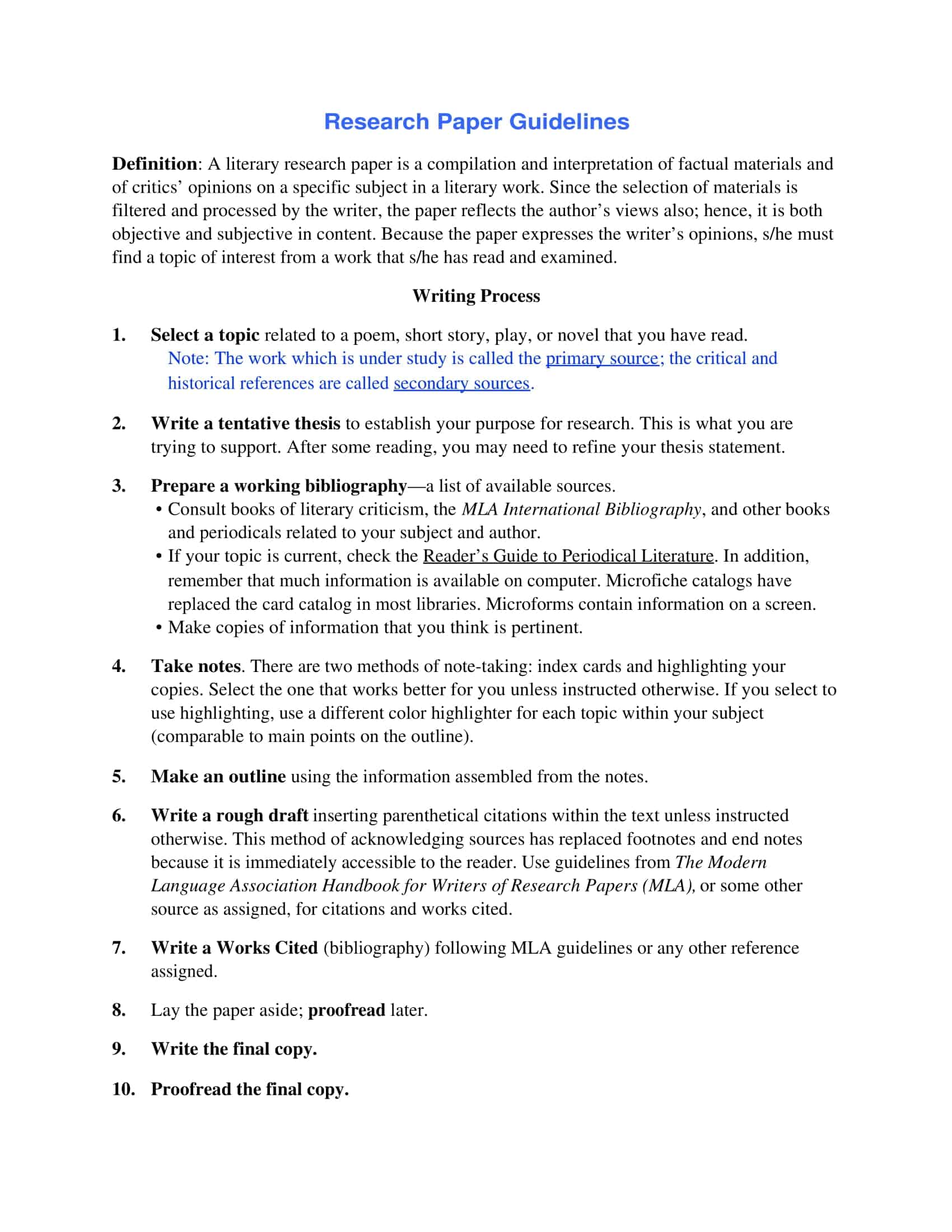
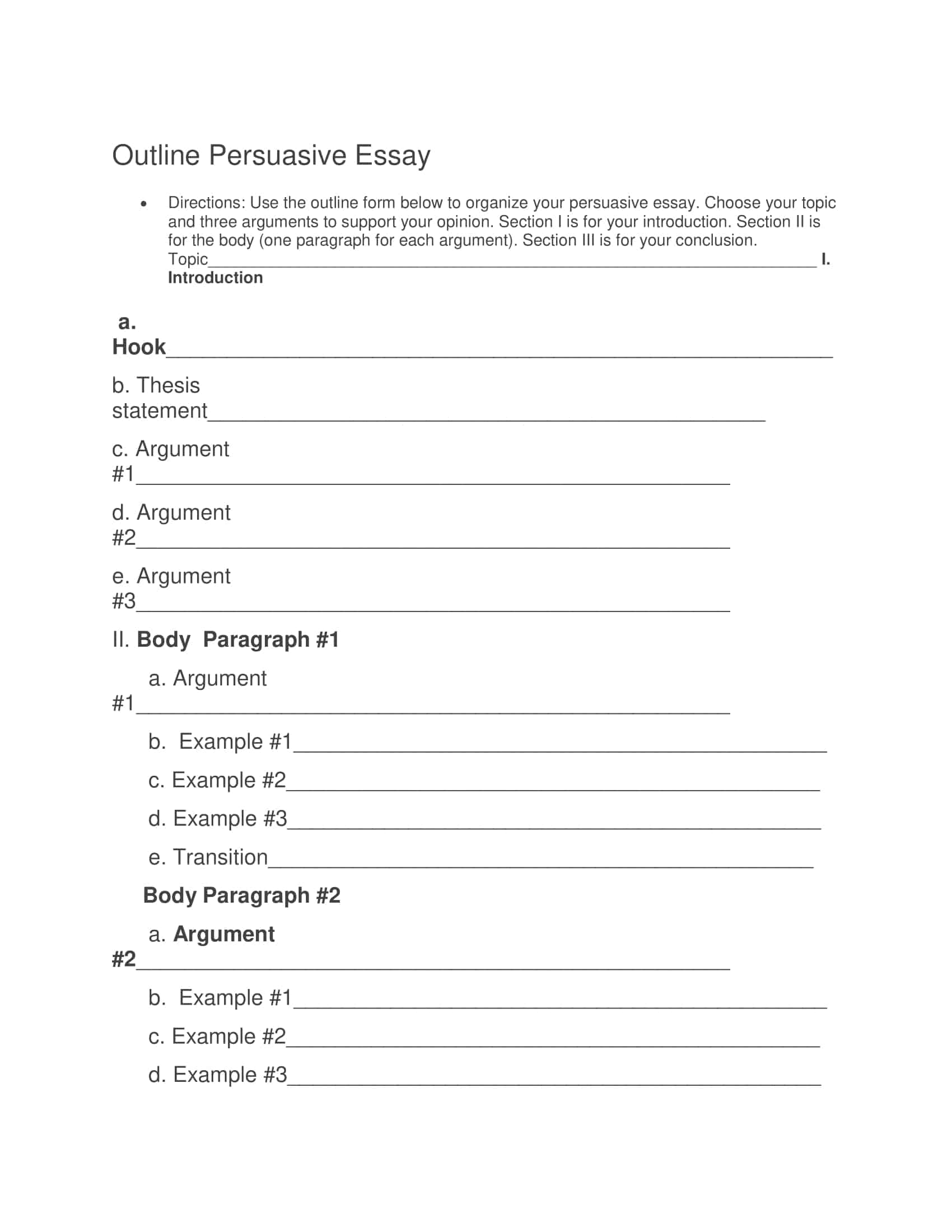

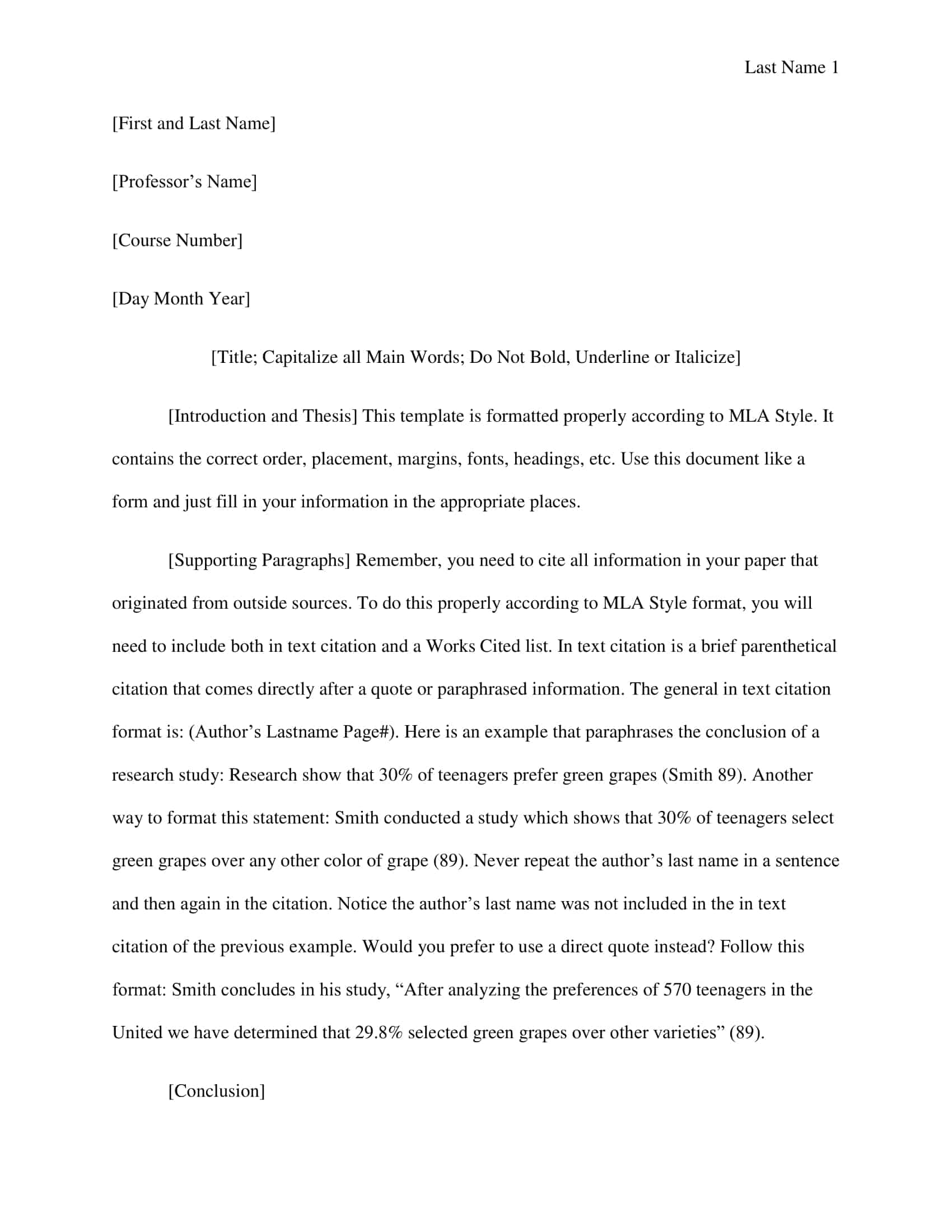
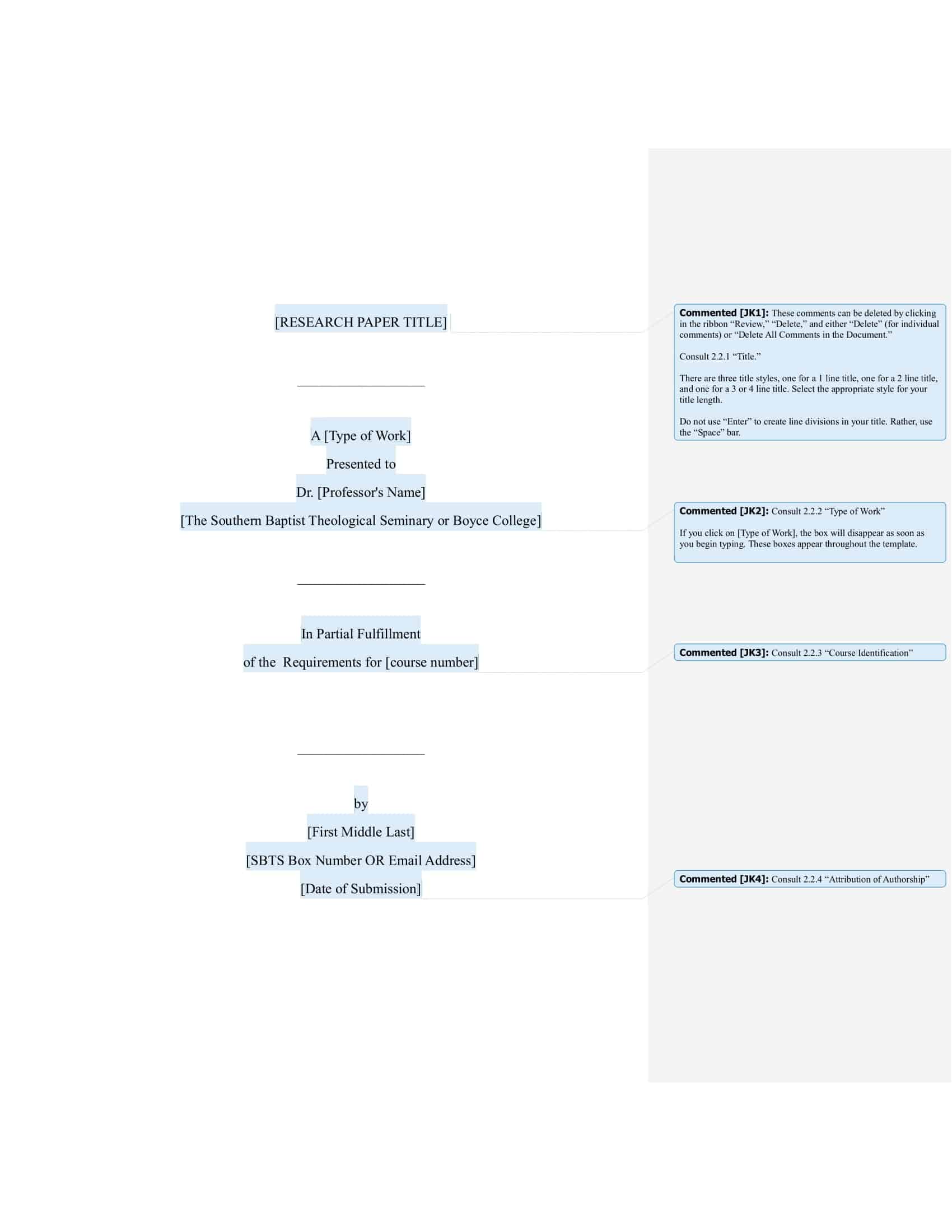

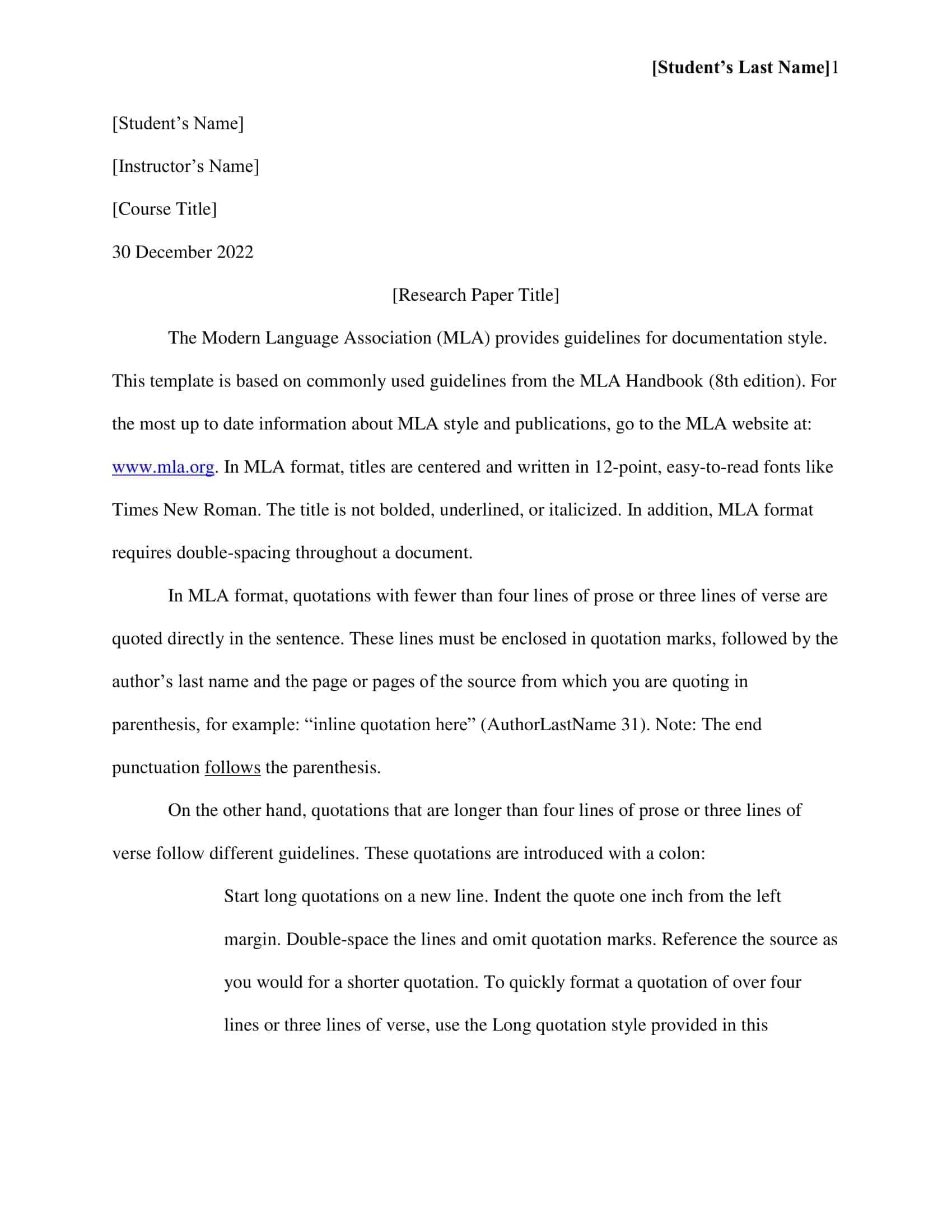
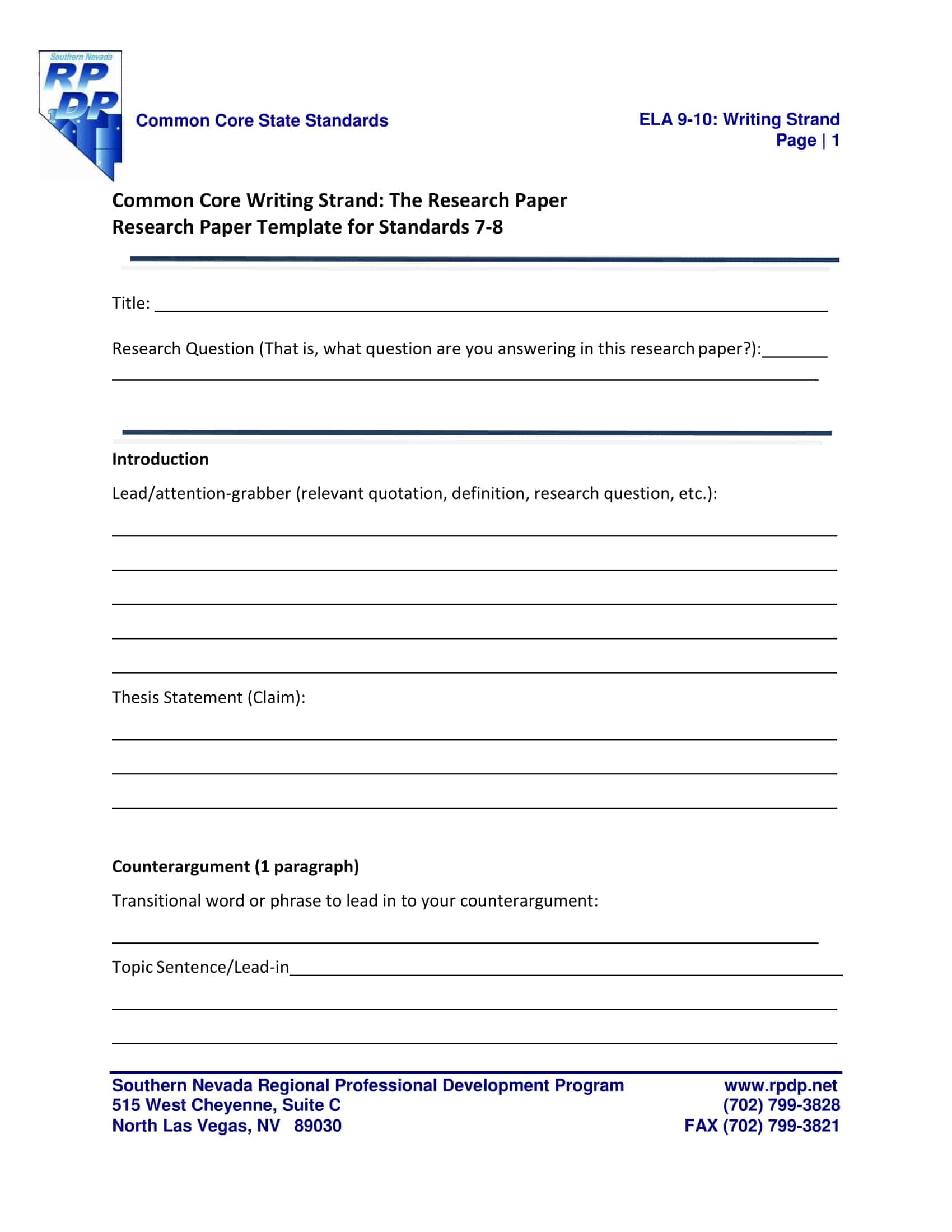


![Free Printable Roommate Agreement Templates [Word, PDF] 1 Roommate Agreement](https://www.typecalendar.com/wp-content/uploads/2023/06/Roommate-Agreement-150x150.jpg)
![Free Printable Credit Card Authorization Form Templates [PDF, Word, Excel] 2 Credit Card Authorization Form](https://www.typecalendar.com/wp-content/uploads/2023/06/Credit-Card-Authorization-Form-150x150.jpg)
![Free Printable Stock Ledger Templates [Excel,PDF, Word] 3 Stock Ledger](https://www.typecalendar.com/wp-content/uploads/2023/08/Stock-Ledger-150x150.jpg)

“Embarking on a research paper journey? I found invaluable assistance with [Your Research Paper Writers Help]. Their team of skilled writers not only simplifies the process but elevates the quality of your work.